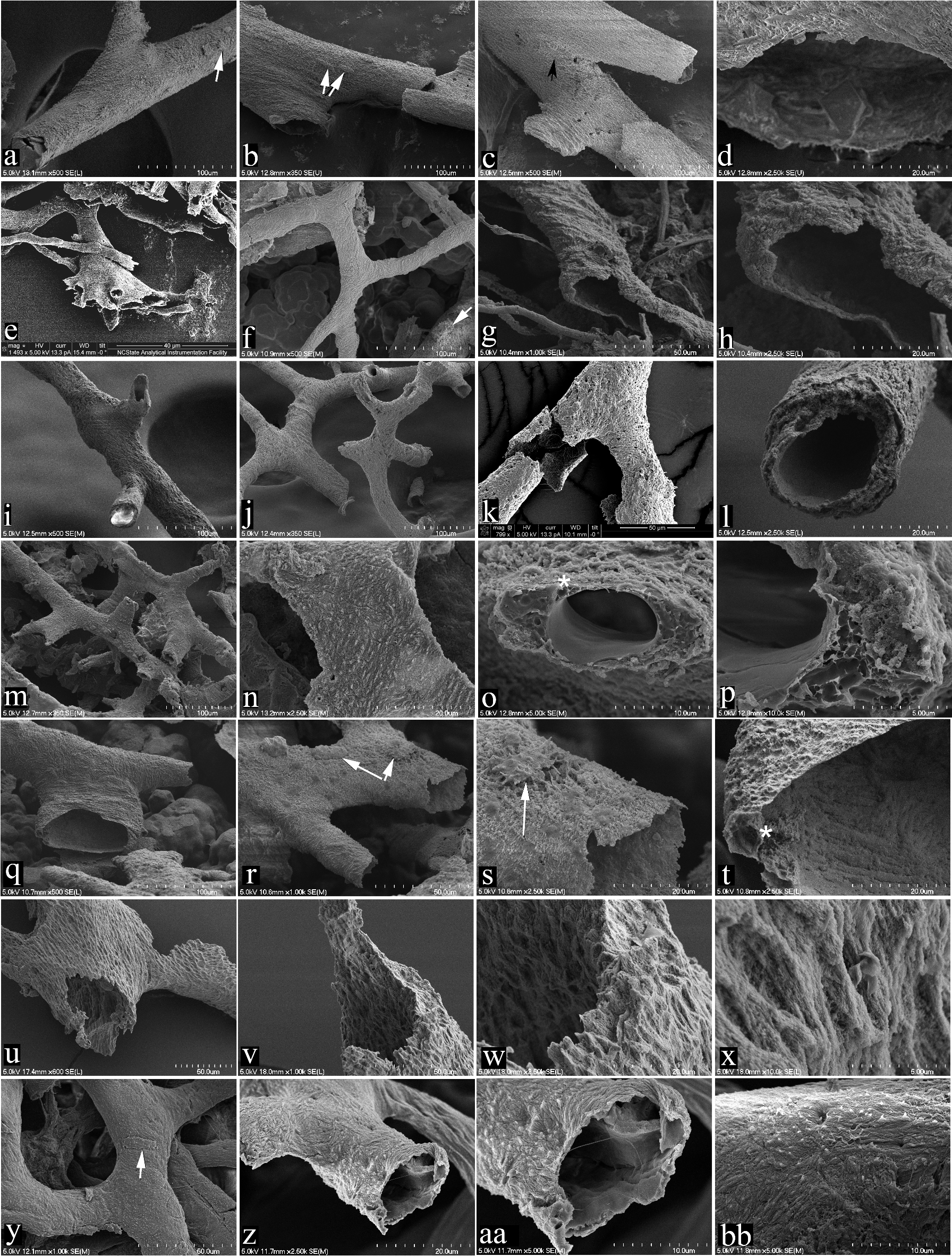2025-02-10 カリフォルニア大学バークレー校 (UCB)
<関連情報>
- https://news.berkeley.edu/2025/02/10/in-pursuit-of-a-poison-frog-and-a-culturally-appropriate-name/
- https://zookeys.pensoft.net/article/123803/
太平洋熱帯雨林に生息するカエルEpipedobates currulao sp.nov. Honoring the Afro-Colombian musical culture with the naming of Epipedobates currulao sp. nov. (Anura, Dendrobatidae), a frog from the Pacific rainforests
Mileidy Betancourth-Cundar, Juan Camilo Ríos-Orjuela, Andrew J. Crawford, David C. Cannatella, Rebecca D. Tarvin
ZooKeys Published:06 Feb 2025
DOI:https://doi.org/10.3897/zookeys.1226.123803

Abstract
The number of amphibian species described yearly shows no signs of slowing down, especially in tropical regions, implying that the biodiversity of amphibians remains woefully underestimated. A new species of poison frog is described from the Pacific lowlands of southwestern Colombia: Epipedobates currulao sp. nov., named for the Pacific music and dance genre known as “currulao” or “bambuco viejo”. This species inhabits lowland forests from 0–260 m a.s.l. This taxon differs from congeners by having a combination of bright yellow blotches in the dorsal anterior region of the thigh and upper arm, homogenous dark-brown dorsal coloration, and advertisement calls of long duration and many pulses. We also describe the courtship call of E. currulao sp. nov., which is lower in frequency and shorter in duration than its advertisement call. Molecular phylogenetic analyses confirm the monophyly of the populations sampled and its position as the sister species of Epipedobates narinensis, which occurs in southwestern Colombia. Among species of Epipedobates, the new species has been previously confused with E. boulengeri, but the two species are allopatric and represent two divergent clades (1.77% divergent for 12S–16S and 5.39% for CYTB). These species can be distinguished by the presence of a bright yellow blotch on the dorsal anterior region of the thigh and on the upper arm of E. currulao sp. nov., blotches that are either more white than yellow or absent in E. boulengeri. In addition, the advertisement calls are distinct, with E. currulao sp. nov. having a single but long call in each call series while E. boulengeri has 2–6 calls in a series with each call being much shorter in length. Epipedobates currulao sp. nov. is the most northern species of Epipedobates, which extends southwards along the western edge of the Andes. Known as the Chocó, this biogeographic region has been largely converted to agriculture in Ecuador and is experiencing widespread transformation in Colombia, which may endanger E. currulao sp. nov. and biodiversity in the region. A Spanish translation of the main text is available in Suppl. material 8.


